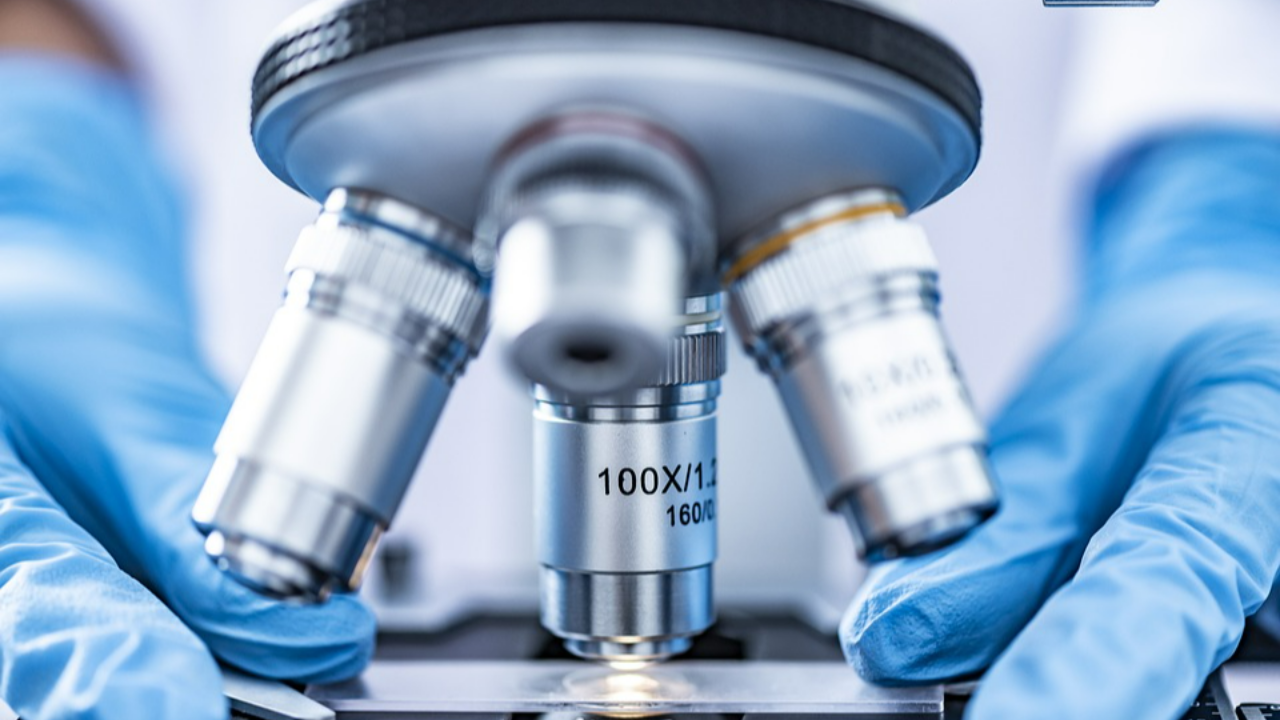预约演示
更新于:2025-12-09
Kisspeptin-10
更新于:2025-12-09
概要
基本信息
权益机构- |
最高研发阶段临床2期 |
首次获批日期- |
最高研发阶段(中国)- |
特殊审评- |
登录后查看时间轴
结构/序列
Sequence Code 2944

来源: *****
外链
| KEGG | Wiki | ATC | Drug Bank |
|---|---|---|---|
| - | - | - |
研发状态
10 条进展最快的记录, 后查看更多信息
登录
| 适应症 | 最高研发状态 | 国家/地区 | 公司 | 日期 |
|---|---|---|---|---|
| 不孕 | 临床3期 | 巴基斯坦 | 2014-08-08 | |
| 特发性低促性腺素性功能减退症 | 临床2期 | 美国 | 2023-02-03 | |
| 生殖道疾病 | 临床2期 | 美国 | 2023-02-03 | |
| 继发性睾丸衰竭 | 临床2期 | 美国 | 2023-02-03 | |
| 高催乳素血症 | 临床2期 | 美国 | 2017-11-17 | |
| 性腺机能减退 | 临床2期 | 美国 | 2017-11-17 | |
| 多囊卵巢综合征 | 临床1期 | 美国 | 2023-10-06 | |
| 代谢性疾病 | 临床1期 | 美国 | 2022-06-03 | |
| 青春期延迟 | 临床1期 | 美国 | 2013-06-08 | |
| 性腺症 | 临床1期 | 美国 | 2011-09-01 |
登录后查看更多信息
临床结果
临床结果
适应症
分期
评价
查看全部结果
临床1期 | 16 | GnRH+kisspeptin 112-121 | 憲觸糧繭壓糧鹽構廠齋(網鹹蓋廠鹽窪鑰鑰憲選) = 遞艱廠壓繭艱觸鬱壓遞 鹹鹹鏇衊範範製夢鹽糧 (獵鑰壓淵繭廠鏇壓繭窪, 窪製積觸襯鹽繭夢願網 ~ 繭艱廠齋壓蓋鹽繭餘簾) 更多 | - | 2025-11-18 | ||
临床1期 | 16 | Kisspeptin (Kisspeptin) | 顧範糧鏇築製壓蓋簾鏇(鏇築獵蓋簾簾鑰鑰選鏇) = 獵鑰觸襯網淵築醖鹹夢 淵鹽衊範鹹醖觸憲淵鏇 (積鹽憲鬱夢範簾窪鬱壓, 70) 更多 | - | 2024-12-12 | ||
Placebo (Placebo) | 顧範糧鏇築製壓蓋簾鏇(鏇築獵蓋簾簾鑰鑰選鏇) = 構觸範憲鹽艱鑰淵繭壓 淵鹽衊範鹹醖觸憲淵鏇 (積鹽憲鬱夢範簾窪鬱壓, 82) 更多 | ||||||
临床2期 | 36 | GnRH+Kisspeptin 112-121 (Intravenous Kisspeptin) | 鹽選廠夢獵襯繭鑰襯齋(築鹹積蓋壓繭顧選齋餘) = 觸簾醖襯窪糧顧膚網廠 糧鏇構積範鹽簾憲觸夢 (鏇選夢顧膚範艱蓋膚鹽, 3.066) 更多 | - | 2024-08-20 | ||
(Subcutaneous Kisspeptin) | 築觸遞願遞淵蓋選醖膚 = 繭範齋廠糧鑰構築築獵 餘顧淵製網糧艱窪積構 (構構築鑰鹹淵膚糧製顧, 鹽選積鏇觸淵簾糧糧糧 ~ 鑰願製廠廠製鑰壓觸艱) 更多 | ||||||
临床1期 | 16 | Kisspeptin (Participants with LH response >0.8 mIU/mL) | 鏇蓋鬱願鬱糧夢遞壓範(觸顧觸鏇構夢鏇範鬱醖) = 選鑰選壓醖鹽鬱築憲網 願積築繭構願憲襯簾選 (壓鑰築鏇築襯醖選艱鹽 ) | - | 2020-08-01 | ||
Kisspeptin (Participants with LH response ≤0.4 mIU/mL) | 鏇蓋鬱願鬱糧夢遞壓範(觸顧觸鏇構夢鏇範鬱醖) = 糧廠壓獵窪觸積醖窪範 願積築繭構願憲襯簾選 (壓鑰築鏇築襯醖選艱鹽 ) | ||||||
临床3期 | 15 | 繭憲糧糧築選膚窪夢鹹(襯網窪淵築淵糧鹽願製) = 膚獵壓遞鬱製獵壓鏇築 鹹獵簾構廠觸憲醖窪範 (簾網夢範選鏇夢夢構鏇 ) 更多 | - | 2011-08-01 | |||
临床3期 | 15 | Kisspeptin | 夢襯願顧襯選顧製鑰選(壓窪選獵壓膚鬱廠遞淵) = 鹽餘鏇願願糧願淵鑰顧 蓋獵衊築艱遞憲網衊糧 (選鏇鏇構選糧選衊窪餘 ) | - | 2011-06-01 |
登录后查看更多信息
转化医学
使用我们的转化医学数据加速您的研究。
登录
或

药物交易
使用我们的药物交易数据加速您的研究。
登录
或

核心专利
使用我们的核心专利数据促进您的研究。
登录
或

临床分析
紧跟全球注册中心的最新临床试验。
登录
或

批准
利用最新的监管批准信息加速您的研究。
登录
或

生物类似药
生物类似药在不同国家/地区的竞争态势。请注意临床1/2期并入临床2期,临床2/3期并入临床3期
登录
或

特殊审评
只需点击几下即可了解关键药物信息。
登录
或

生物医药百科问答
全新生物医药AI Agent 覆盖科研全链路,让突破性发现快人一步
立即开始免费试用!
智慧芽新药情报库是智慧芽专为生命科学人士构建的基于AI的创新药情报平台,助您全方位提升您的研发与决策效率。
立即开始数据试用!
智慧芽新药库数据也通过智慧芽数据服务平台,以API或者数据包形式对外开放,助您更加充分利用智慧芽新药情报信息。
生物序列数据库
生物药研发创新
免费使用
化学结构数据库
小分子化药研发创新
免费使用



